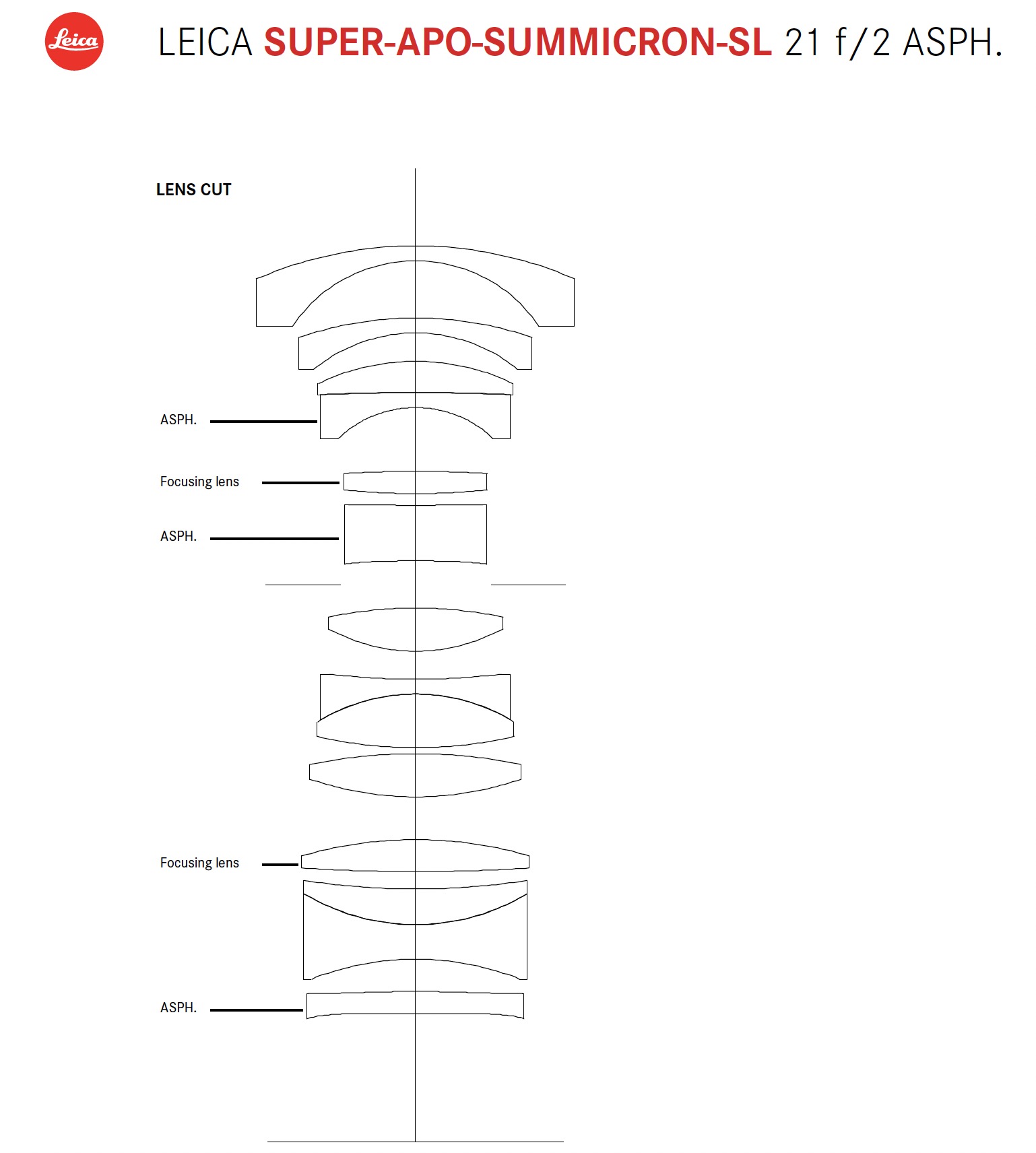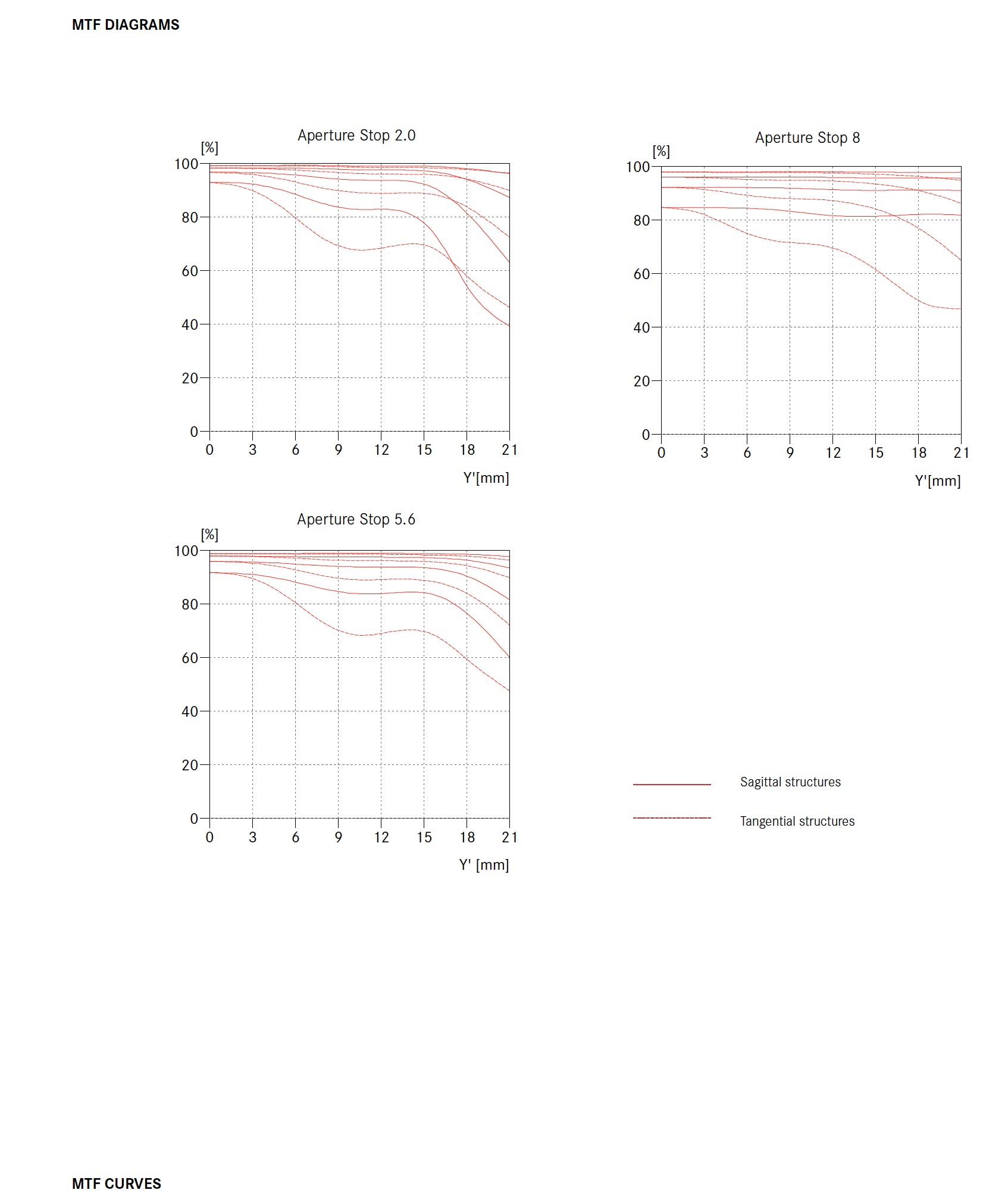The Leica 21 Super
APO Summicron SL
Jonathan Slack
January 20th 2024

Introduction
It's been a long wait, principally due to difficulties sourcing materials as a result of the pandemic, but finally, here is the Leica 21mm Super-APO-Summicron-SL.
I think we were all expecting the 24mm to be 6th lens in the range (after the 90, 75, 50, 35, 28mm lenses), but perhaps 24mm has fallen out of favour, at any rate here is the 21mm.
I have had a copy of this lens on and off for a while, so I've had a lot of time to learn about it, and how to make the most of it.
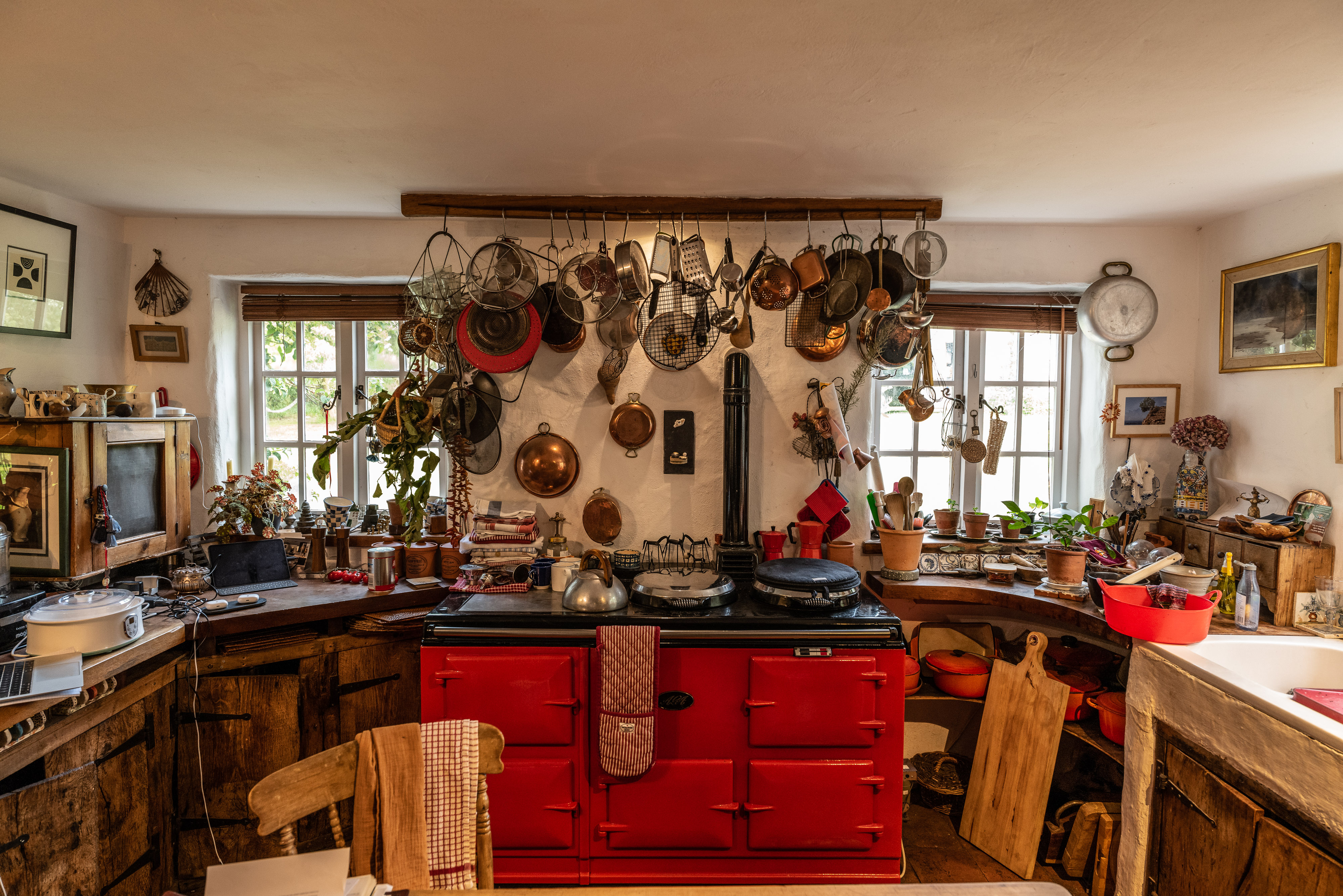
Kitchen
Leica SL2 1/40th f4 1000 ISO
APO Lenses
This is a subject that has caused much confusion (and conviction) amongst people all over the internet, and I thought it might be worth reverting to the subject here. If you've read it all before, then you can skip this bit!
So, what exactly is an APO lens? The truth is that it's rather a vague term and not to be confused with Apochromatic, which isn't vague at all!
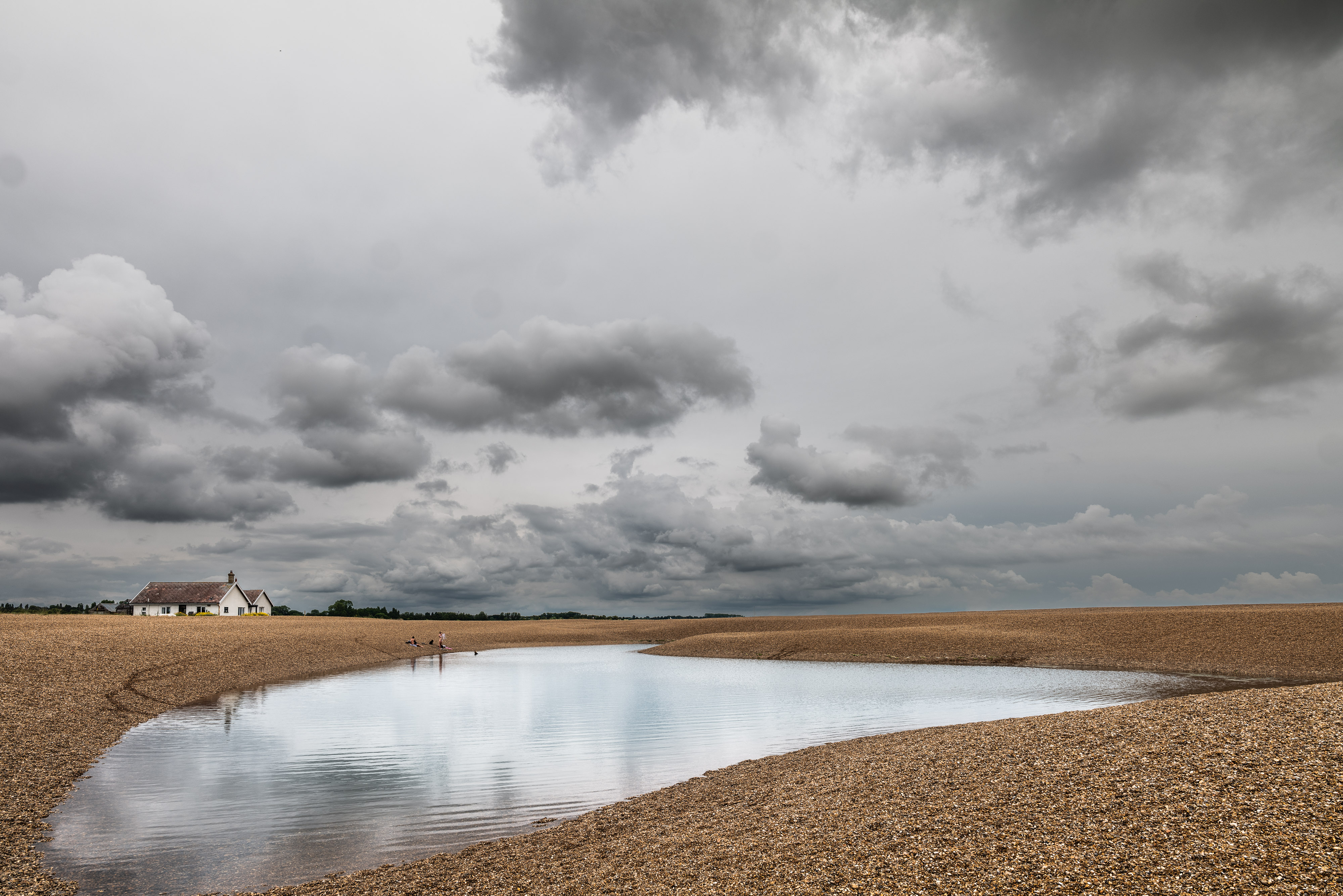
Shingle Street
Leica SL2 1/125th f8 100 ISO
Longitudinal Chromatic Aberrations occur when different colours focus at different distances from a lens and cause colour fringing around high contrast edges. An Achromatic lens is one which is corrected to ensure that two wavelengths of light focus in the same plane - an Apochromatic lens is where 3 wavelengths of light focus on the same plane. This is well and good, but it doesn't cover the bokeh, so although it's relevant where an image is completely in focus, it isn't necessarily when it's not.
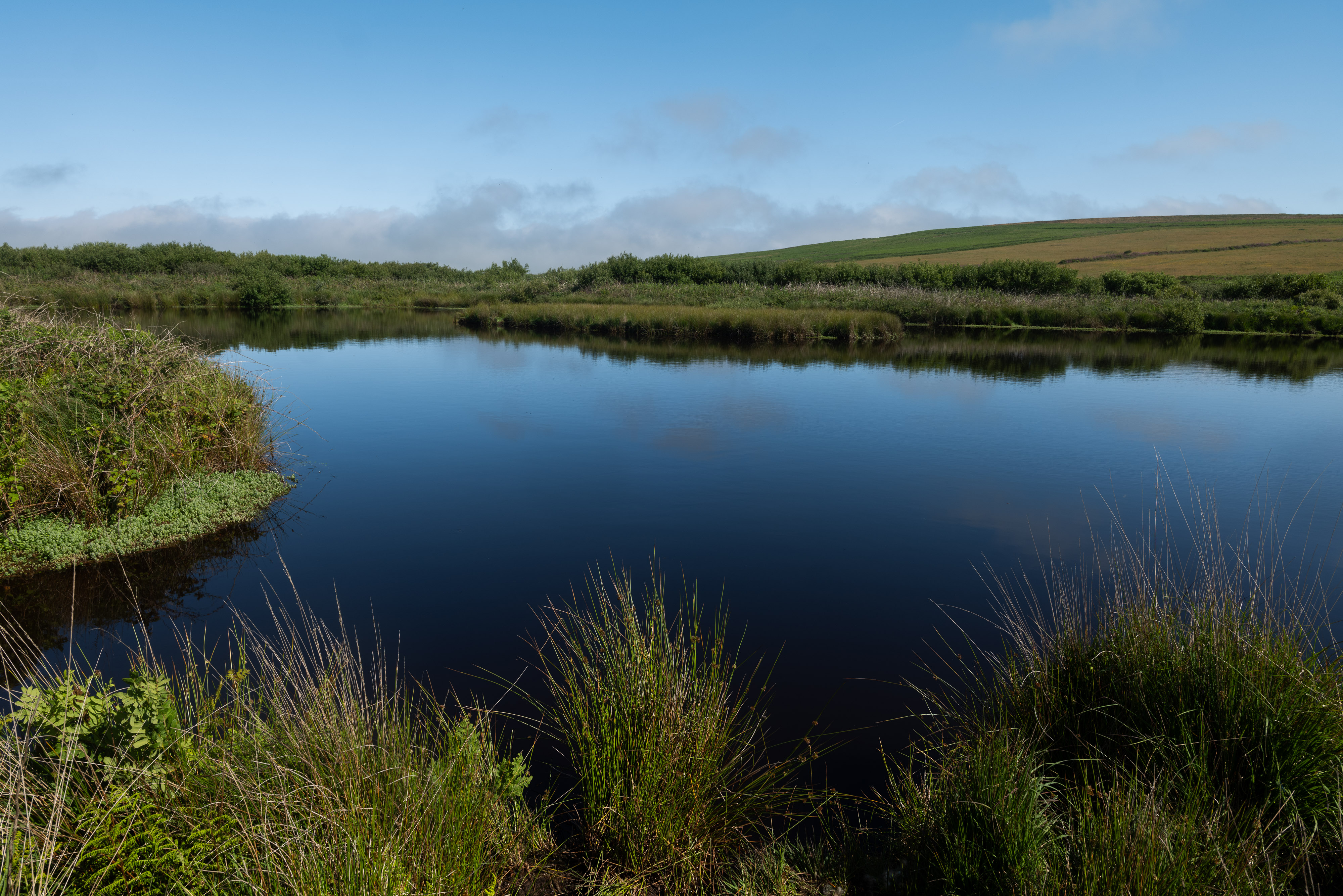
Tredinney Pool
Leica SL2 1/250th f8 100 ISO
With Leica's APO lenses chromatic aberrations are reduced by the use of low dispersion glass elements in the lens design. The intention is to reduce chromatic aberration in all areas, both in focus and out of focus. As more APO lenses have appeared they have refined the design, so that they have become more and more successful, culminating in the SL summicron lenses (and the 35 & 50 APO Summicron-M lenses).
So, for practical purposes we might define an APO lens as one which contains one or more low dispersion glass elements.
Indeed, Leica has made this statement:
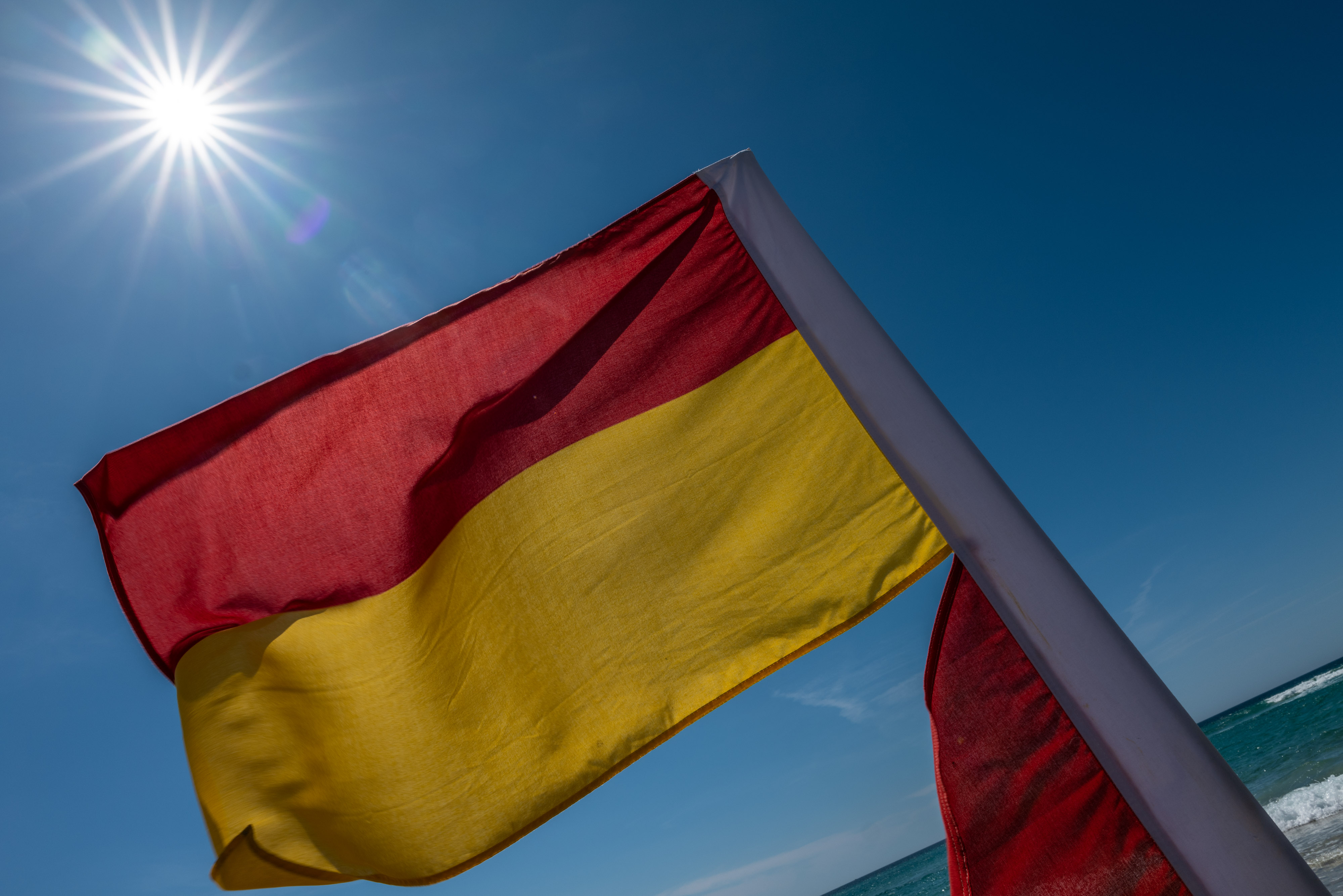
Gwynver
Leica SL2 1/320th f13 100 ISO
APO Apochromatic and more
The prefix 'APO' in the name denotes Leica lenses with the best imaging performance. From telephotos to wide-angles, all Summicron-SL lenses in the SL-System portfolio bear these coveted three letters before their names. For a long time, this distinction was reserved exclusively for telephoto lenses, as only they could achieve the exceptional quality required. It is now over 40 years since the first APO lens built by Leica made its appearance - the APO-TELYT-R 180 mm f/3.4, in 1975. In 2012, the APO-Summicron-M 50 mm f/2 ASPH. became the first standard lens to bear this prestigious prefix.
Thanks to technological progress, more complex construction and new manufacturing methods employed in the SL-System; the design engineers were able to perfectly maximise the optical performance. To us at Leica, APO means more than just the correction of longitudinal chromatic aberration, for which the purely scientific definition of the term 'apochromatic' stands.

Treen
Leica SL2 1/640th f5 100 ISO
Here Leica is emphasising that the Leica APO lenses (at least the modern ones) aim to remove chromatic aberrations completely.
But this is not just about Chromatic aberration, as Peter Karbe explained to me, the lack of aberrations results in much more contrast at the point of focus than in an ordinary lens, and that this contrast falls off very quickly in front and behind the point of focus. This means that an f2 lens can appear to have the same depth of field as an f1.4 lens (or even less in the case of the 75 f1.4 compared to the 75 f2 APO M lens).
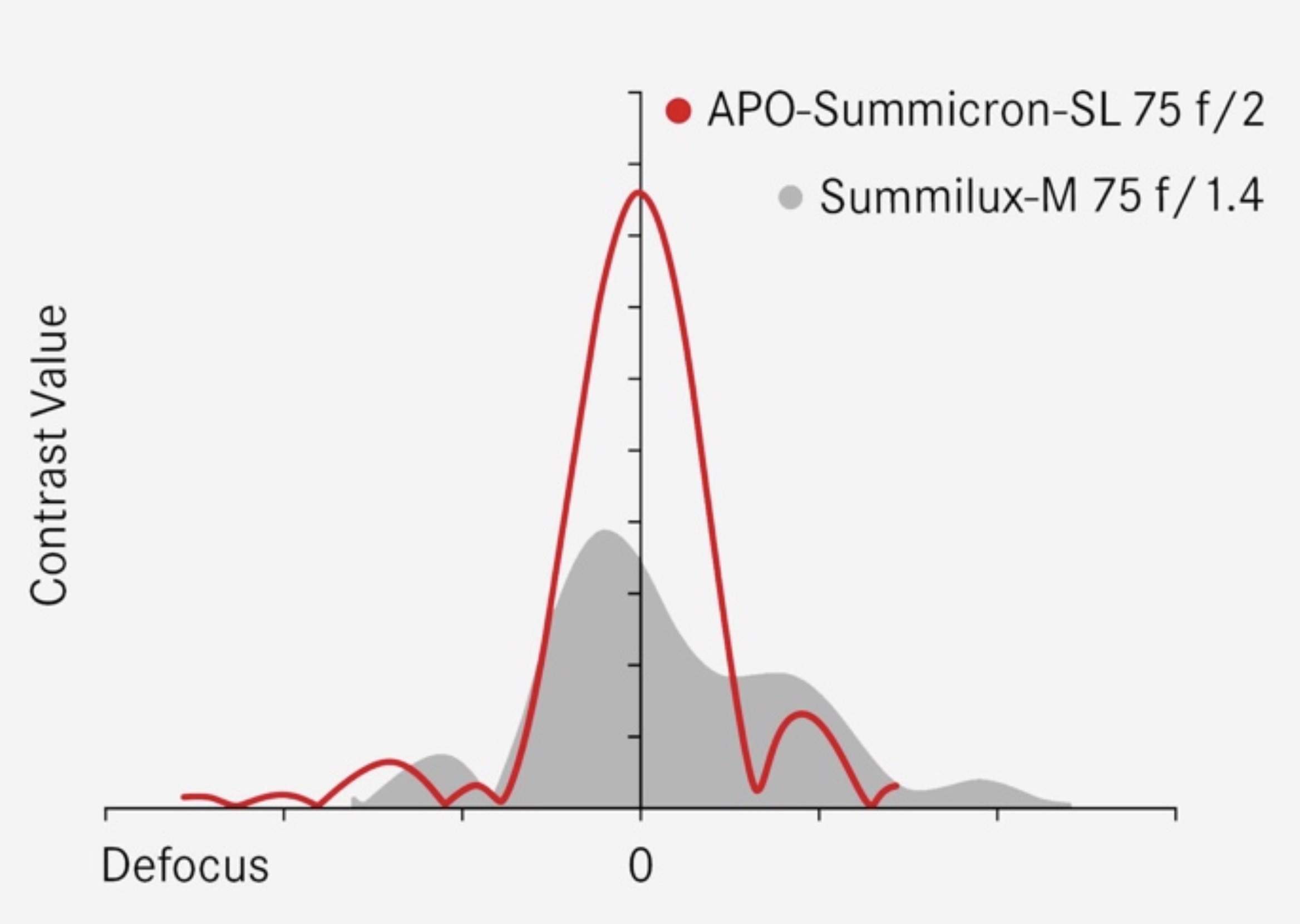
I think that this rapid fall of of contrast confers a special look on the Leica APO lenses, which are very detailed when in focus, but with a quick roll-off into gentle bokeh: Indeed, I think the whole look is 'gentle'.
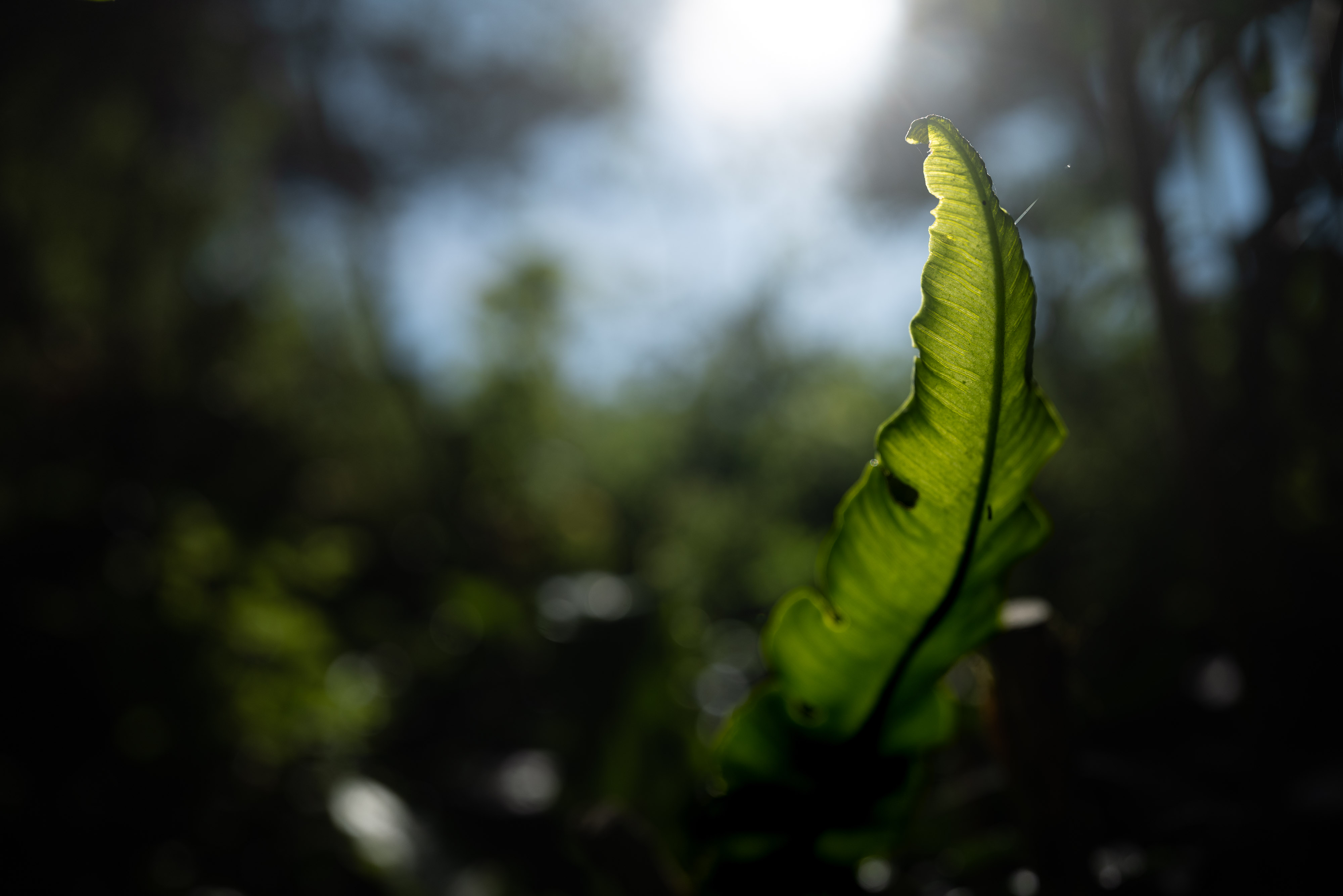
Harts Tongue Fern
Leica SL2 1/8000th f2 100 ISO
It's important to make the distinction between 'sharpness' and 'detail' Very often older lenses, when stopped down can appear extremely 'sharp' and even 'crunchy', this is because of very small amounts of longitudinal CA enhancing the edges of high contrast areas. Leica APO lenses might superficially look less 'sharp' but actually show more detail than their less sophisticated cousins.

Breakfast in Fuerteventura
Leica SL2 1/80th f7.1 100 ISO
Leica Super-APO-Summicron-SL 21mm f/2 ASPH
The 21 APO SL shares many features with the other 5 lenses of the system:

My SL2, Leica's 21 APO Rock & Roll Camera Strap!
iPhone 14 Pro
A maximum magnification of 1:53
(smallest object field 127 x 191mm)
This is as a result of the even closer focus distance of 0.21 metres, in fact the other lenses have a barely perceptibly larger magnification (with a smallest object field of 120 x 180mm). This difference isn't relevant in practical use.

I want one!
Leica SL2 1/400th f6.3 ISO 100
The same body size: 102mm x 73mm
the lenses vary a little in weight, but are all between 700 and 800 gm without their lens-hood. the 21mm is 789 gm. All the lenses have an E67 filter thread.
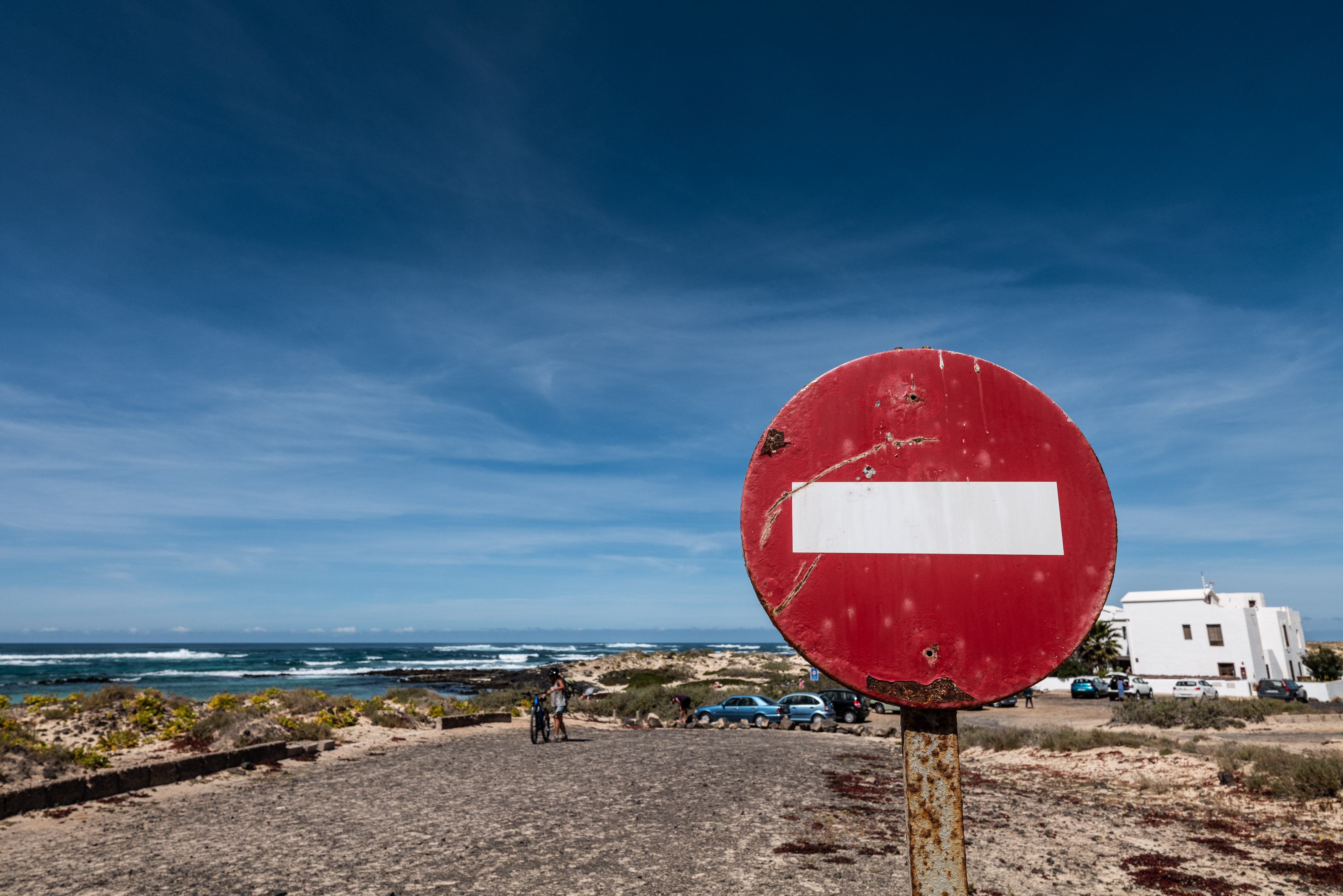
No Entry
Leica SL2 1/400th f6.3 ISO 100
AF System with Dual Synchro Drive
Autofocus speed is limited by the mass of the lens elements moved whilst focusing and the travel of the elements between the closest focus and infinity.
The APO SL lenses employ two extremely light focusing elements which combine in their lens concept based on double internal focusing.

El Cotillo
Leica SL2 1/1250 f4.5 ISO 100
Lens Design
The 21 APO has 14 lenses arranged in 3 groups, it has 3 Aspherical elements and 2 floating elements. In addition most of the lens elements are made of a special custom glass which anomalous partial dispersion - where light is higher or lower in a limited range of wavelengths than in the rest of the spectrum.
The MTF curves are excellent, and show very little penalty of shooting at f2 (or close up) (and bear out Peter Karbe's "Why Stop Down" mantra. They are perhaps not quite as earth shattering as those for the 35 APO Summicron SL, but quite as good as those for the 28mm
Image Quality
So much for numbers and graphs, does it take good pictures? Hopefully the samples here answer the question!
As you would expect, for landscape and architectural photography it performs brilliantly, with very little distortion, wonderful colour and excellent contrast.

Fuerteventura sky
Leica SL2 1/200th f8 ISO 100

Fuerteventura Door
Leica SL2 1/2000 f4 ISO 100
More difficult are the images with some sharp areas and lots of out of focus area, and this is something which often challenges wide angle lenses (think of nervous bokeh and nasty roll-off between in and out of focus areas). The 21 APO is properly part of the APO team, with incredible detail right up to the 0.21 minimum focus distance, a lovely roll-off to out of focus and then an excellent creamy and delicate bokeh.
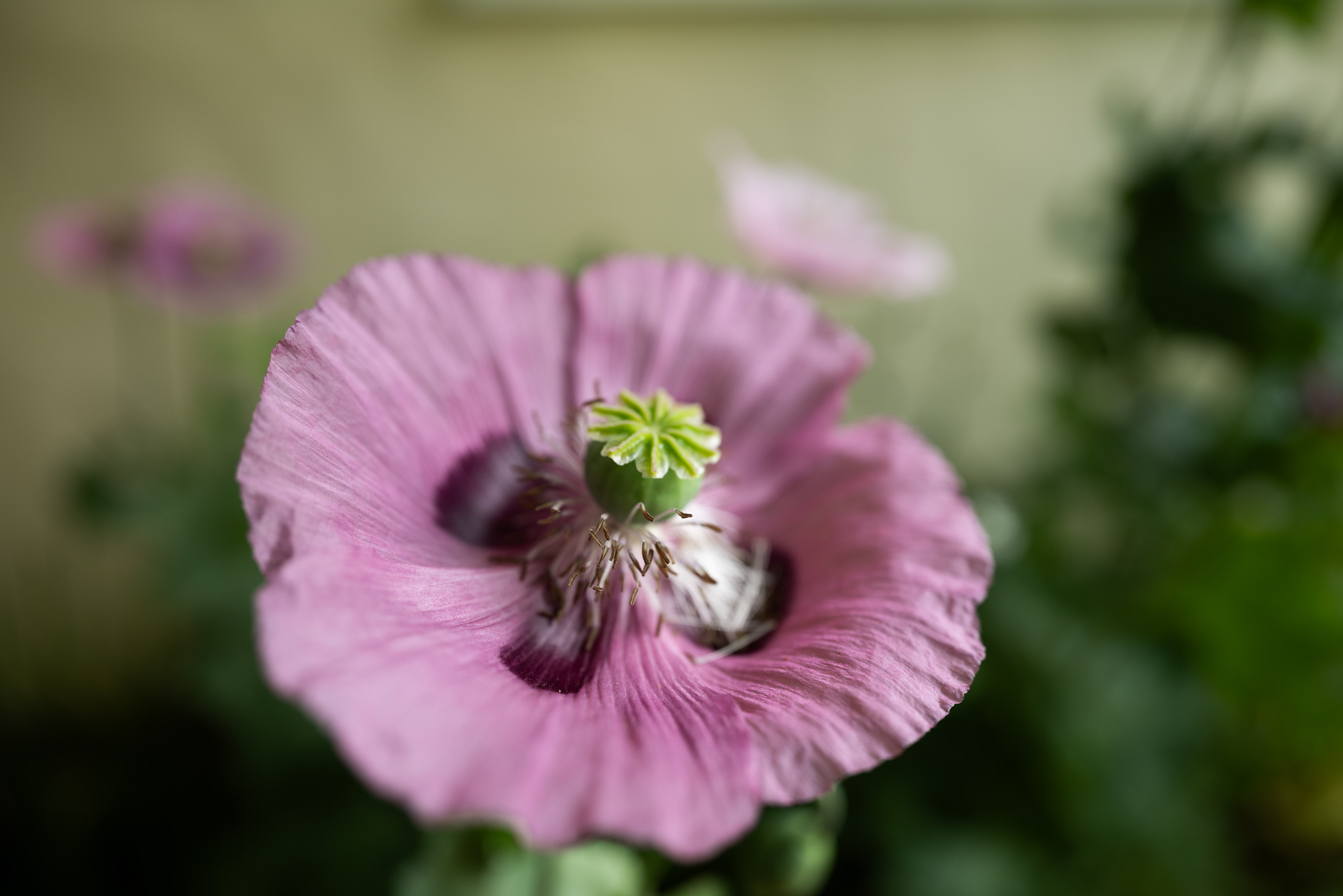
Poppy
Leica SL2 1/500 f2 ISO 100
Conclusion
There are now six lenses in the Leica APO Summicron range for the SL cameras:
- 21 mm
- 28 mm
- 35 mm
- 50 mm
- 75 mm
- 90 mm
Hopefully there will be more to come - it would be lovely to see a 24 and a 135 at least (if it would fit in the form factor).
But the real point is that Leica have produced a complete range of really high quality lenses for the SL system.
More than that, they are all the same size and form factor, and they all have the same magnification ratio.
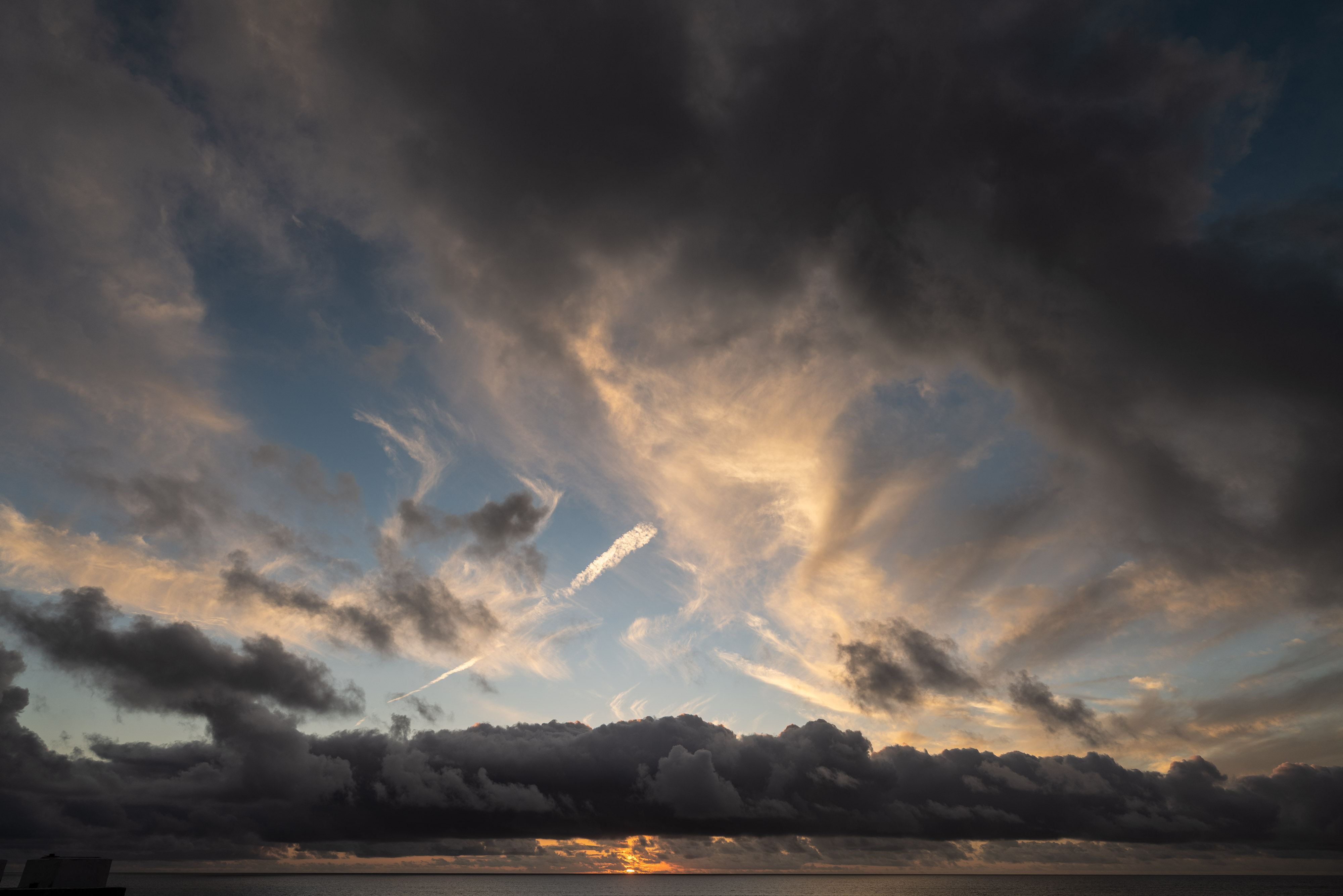
Fuerteventura Sunset
Leica SL2 1/200th f4 ISO 100
Leica have eschewed the bragging rights of very large apertures (but still managed to produce the effect of the limited depth of field those lenses provide).
The image quality is excellent, and consistent across the range of lenses. I think it's a fantastic achievement - the 'best' is hard to define, but there can be few better lenses than these.

See Ya
Leica SL2 1/800th f7.1 ISO 100
Acknowledgements
First of all thank you to Emma, who not only puts up with me testing the gear, but also writing the articles!
Thanks also to Steffen Rau, Product Manage at Leica for being patient and helpful, and providing extra information required for finishing this article.
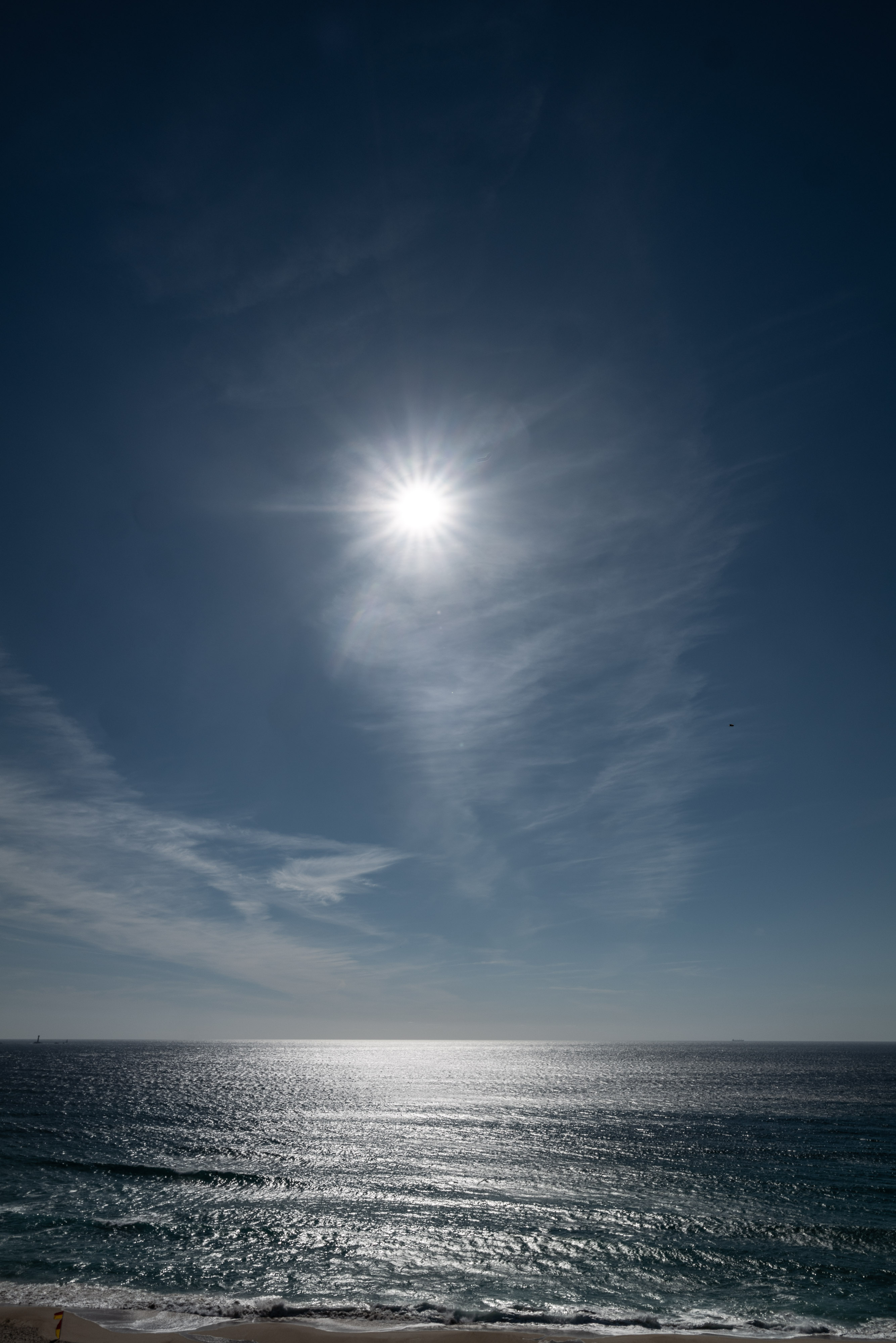
Sunburst
Leica SL2 1/2000 f7.1 ISO 100

Rose Bay Willow Herb
Leica SL2 1/320th f16 ISO 100
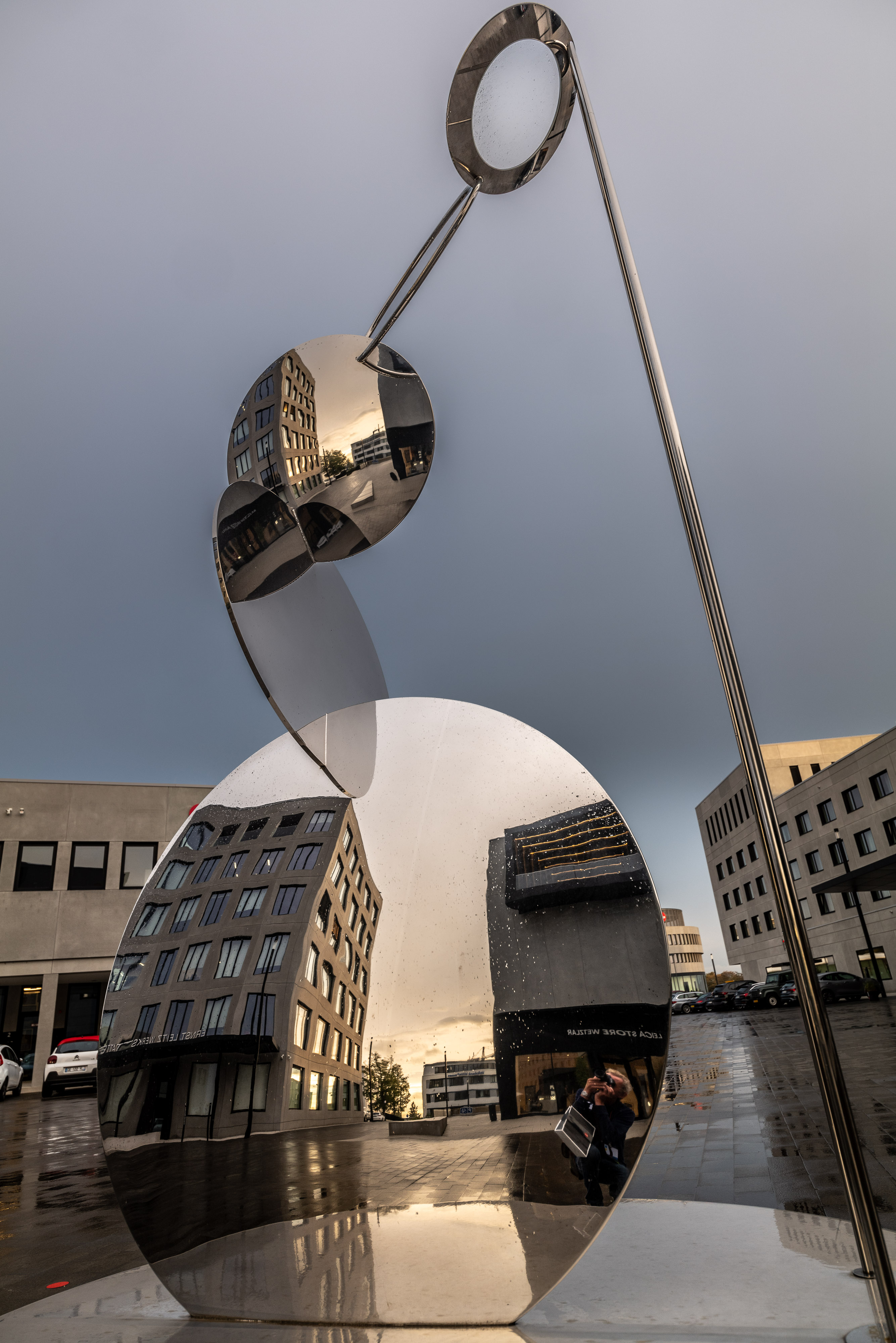
Selfie at the Mothership
Leica SL2 1/100th f3.5 ISO 100
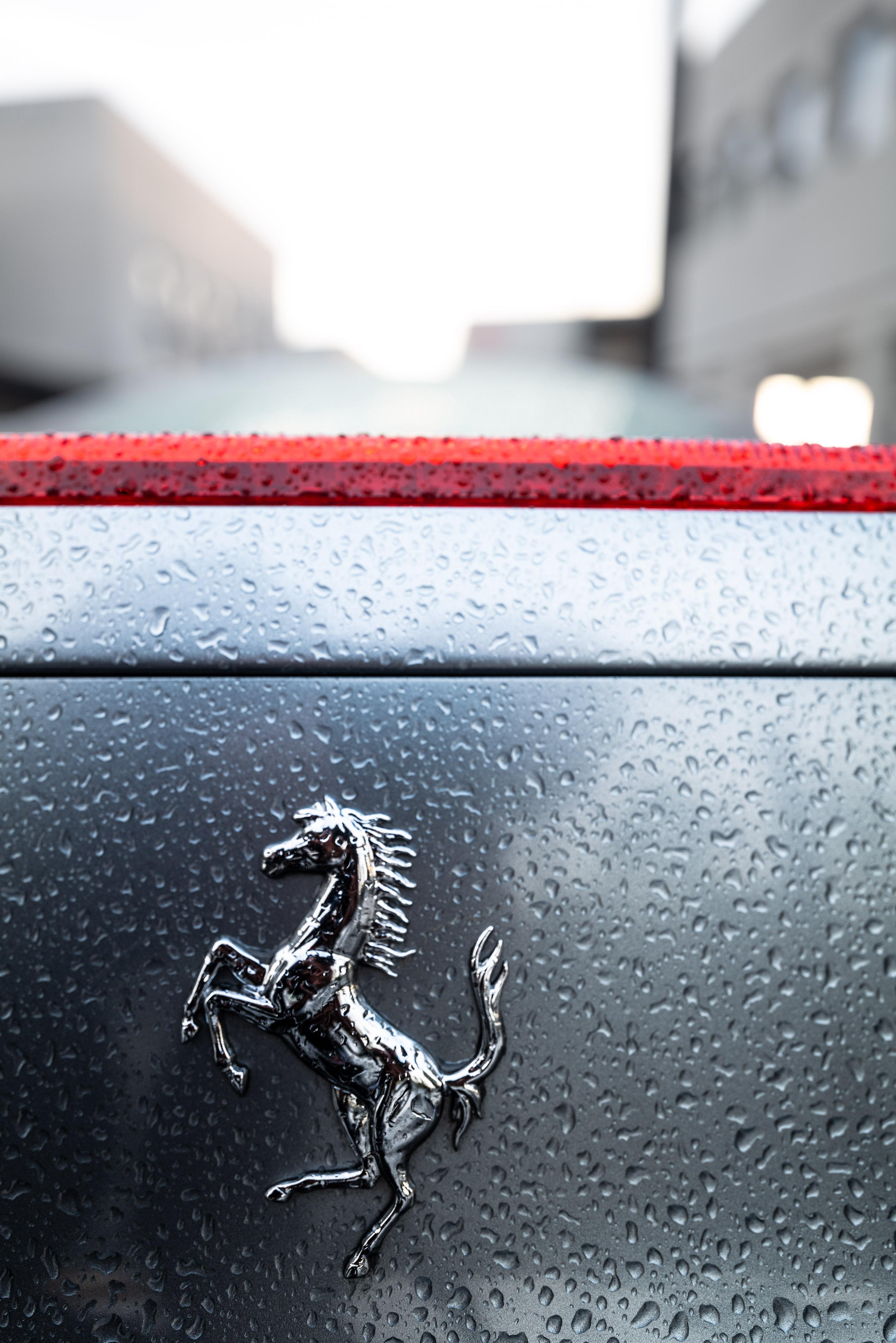
David's Ferrari
Leica SL2 1/80th f2 ISO 100
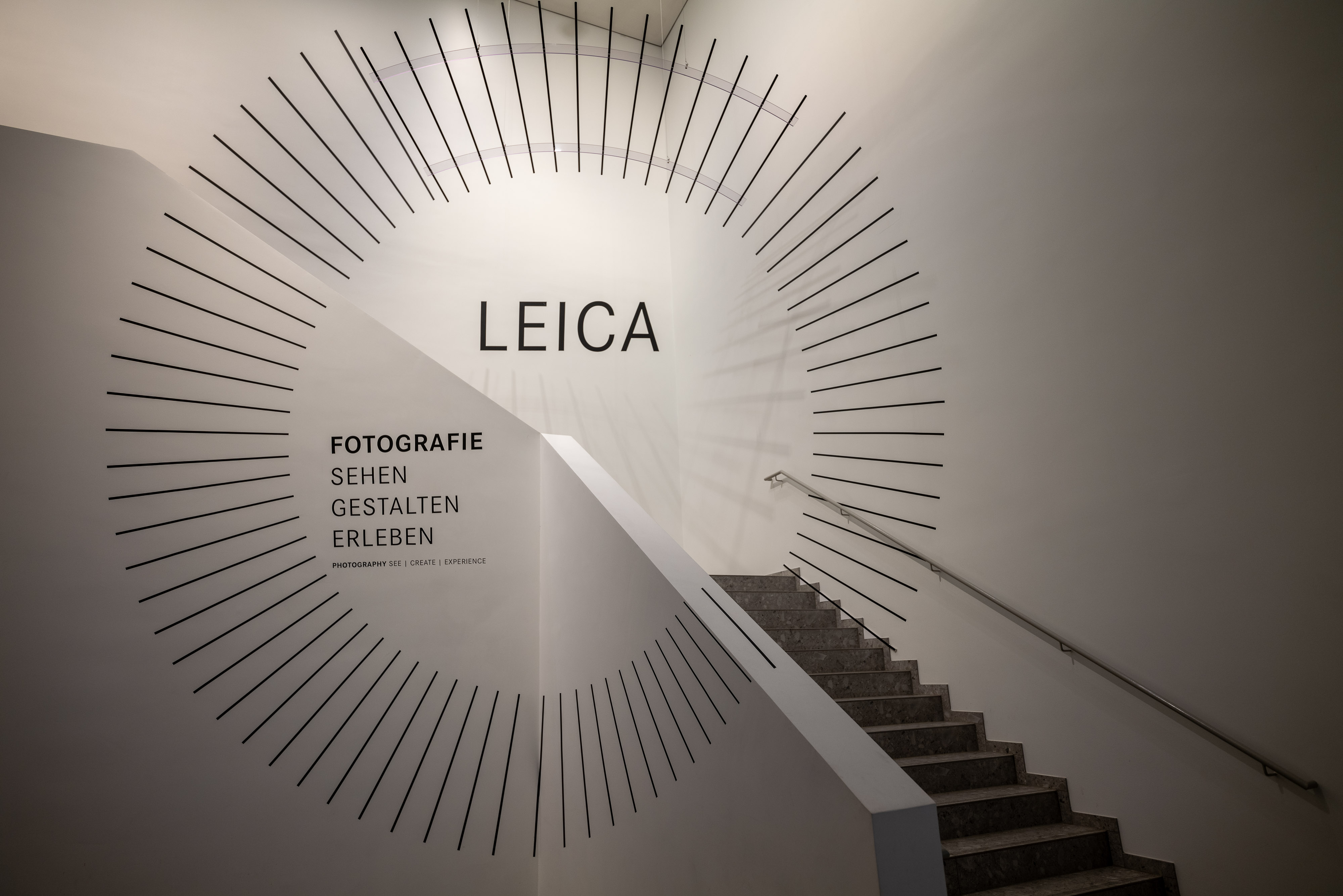
Leica
Leica SL2 1/100th f2 ISO 100













